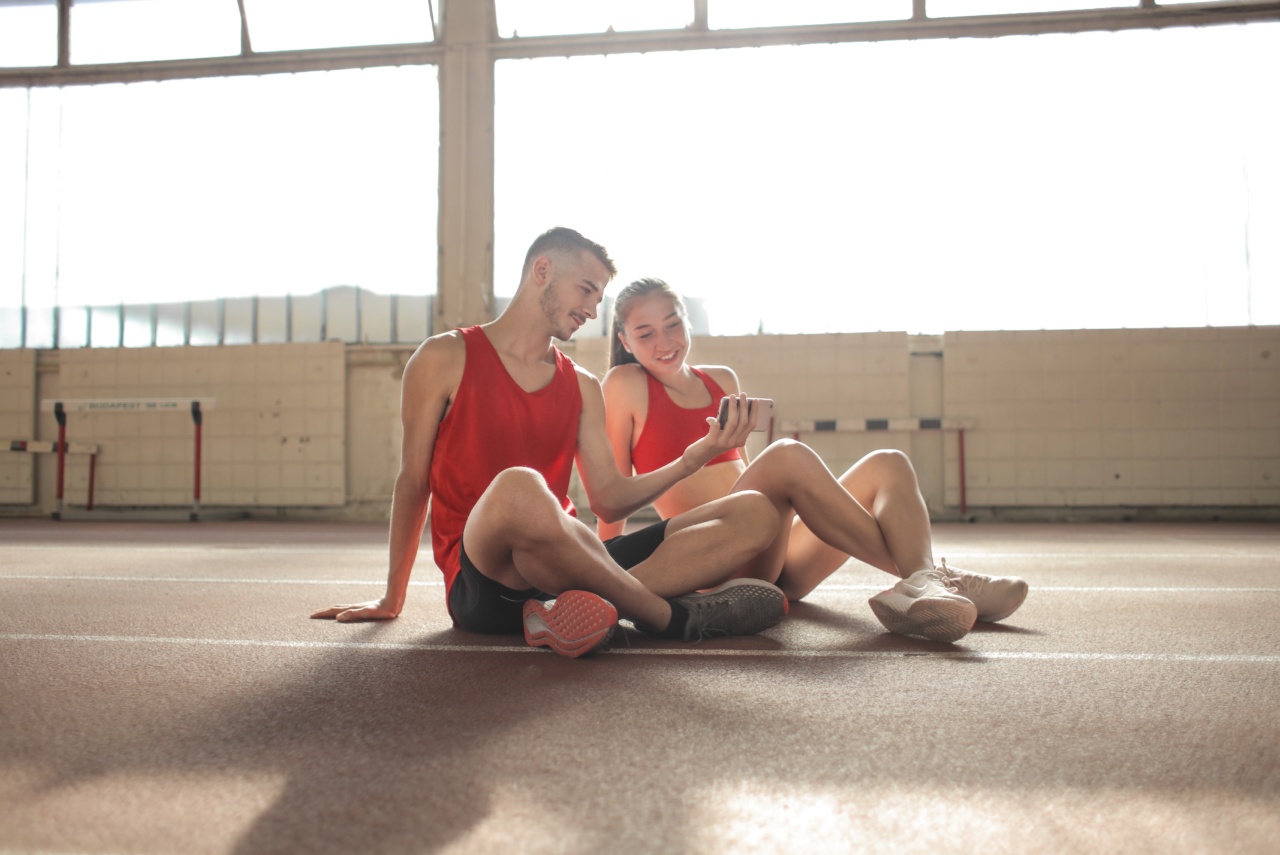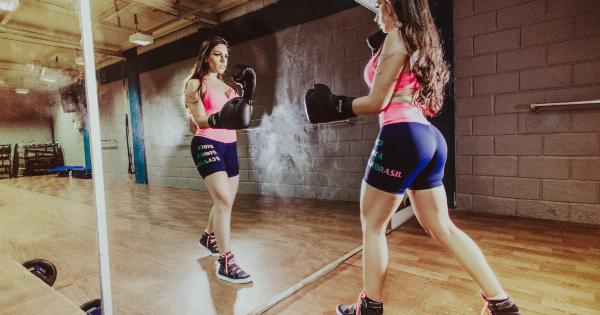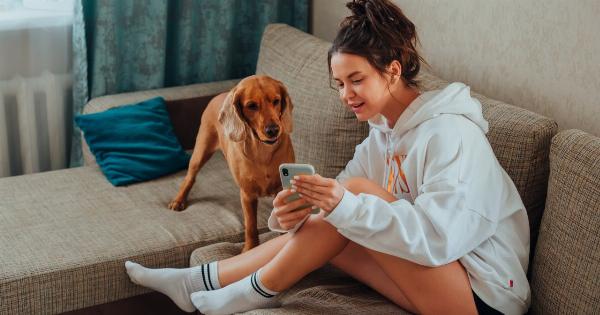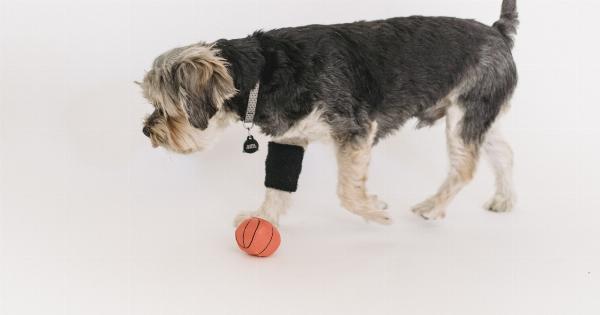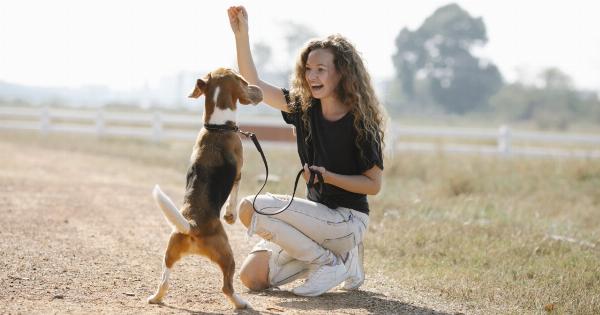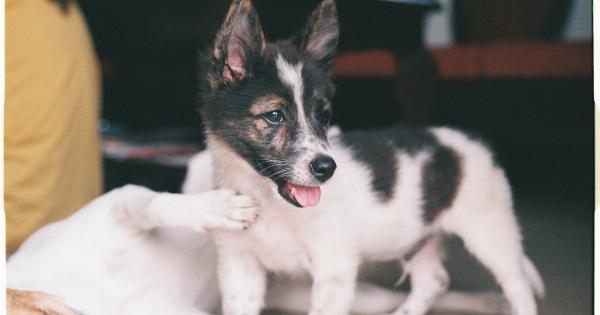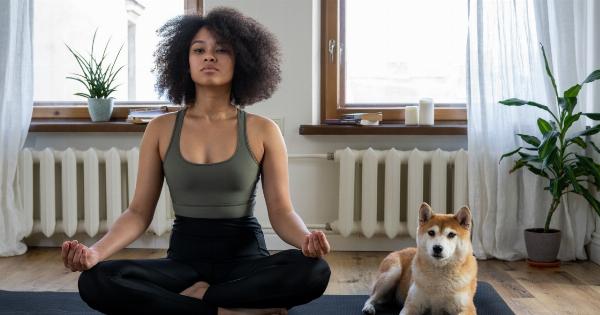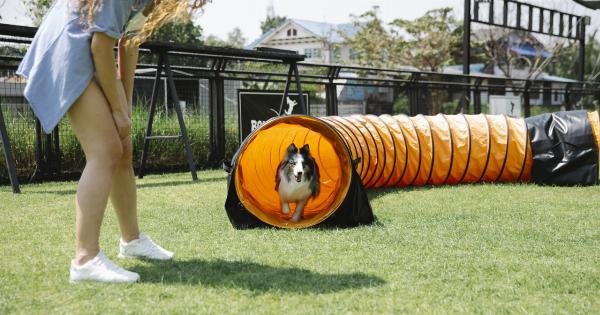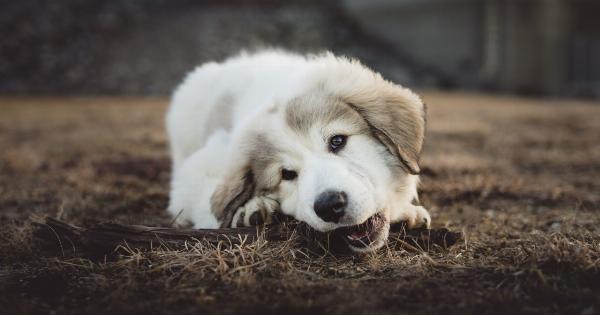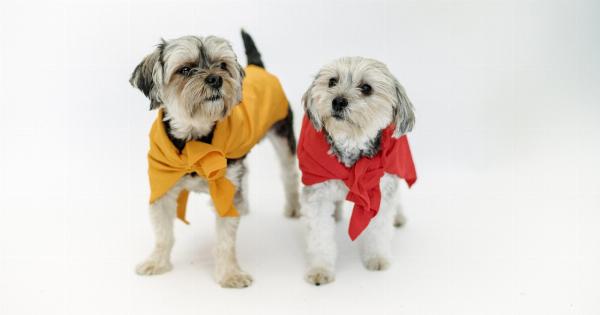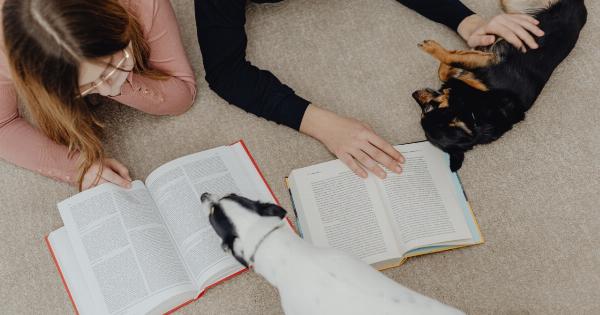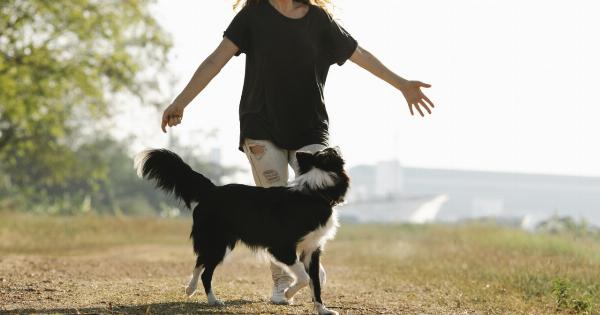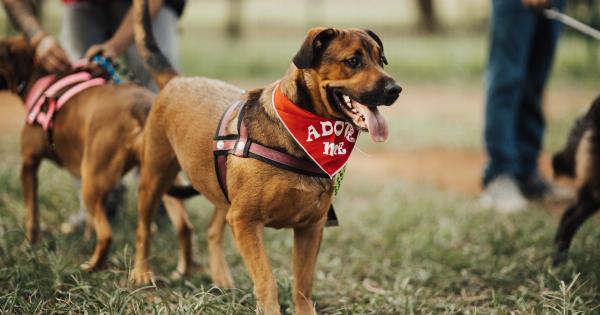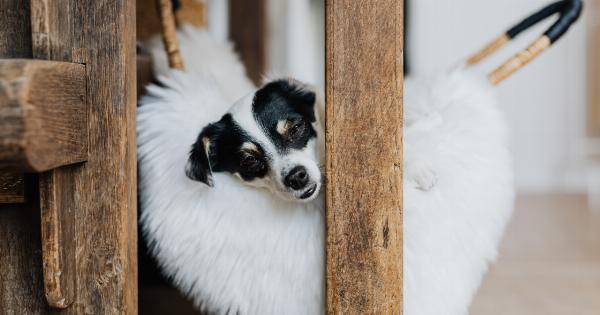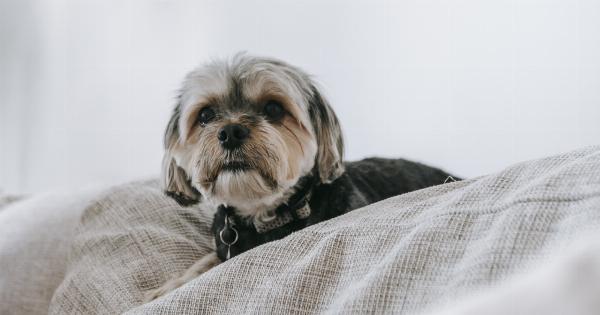Dogs are known for their high energy levels and love for physical activities. Whether it’s going for a walk, playing fetch, or running around in the park, exercise is crucial for their overall well-being.
But have you ever considered adding yoga to your furry friend’s workout routine? Yes, you read it right – yoga for dogs! This ancient practice has numerous benefits for humans, and surprisingly, it can also work wonders for your four-legged companion. In this article, we will explore why yoga is a great workout for your furry friend and how it can contribute to their physical and mental health.
What is Dog Yoga?
Dog yoga, also known as doga, is a specialized form of yoga that involves practicing yoga alongside your dog. It combines traditional yoga poses and exercises with elements of massage and stretching tailored specifically for dogs.
Doga classes often include a mix of yoga postures, breathing exercises, meditation techniques, and gentle massage for both the dog and the owner. It is a unique bonding experience that promotes harmony and relaxation for both participants.
The Benefits of Yoga for Dogs
1. Physical Fitness: Just like humans, dogs need regular exercise to stay fit and healthy. Doga provides a low-impact workout that helps improve flexibility, balance, and strength in dogs.
The various poses and stretches engage different muscle groups, promoting overall physical fitness.
2. Mental Stimulation: Dogs are intelligent and curious creatures that thrive on mental stimulation. Doga sessions involve focusing on specific poses, breathing techniques, and maintaining a calm and relaxed state throughout the practice.
This mental engagement helps keep your furry friend alert, focused, and mentally sharp.
3. Bonding and Trust Building: Doga allows you and your dog to spend quality time together, strengthening the bond and trust between you.
The shared experience of practicing yoga in each other’s presence fosters a deeper connection and understanding. It also helps build mutual trust and communication, as you learn to read your dog’s cues and respond accordingly.
4. Stress Relief: Just like humans, dogs can experience stress and anxiety. Doga incorporates breathing exercises and meditative techniques that promote relaxation and stress relief.
The gentle massages and stretches involved in doga help release tension and promote a sense of calmness, allowing your pup to unwind and let go of any pent-up stress or anxiety.
5. Improved Flexibility and Range of Motion: Regular doga sessions can enhance your dog’s flexibility and range of motion. Dogs, especially older ones, can benefit from gentle stretching exercises that keep their muscles and joints supple.
Doga can help alleviate stiffness and increase mobility, improving your furry friend’s overall comfort and quality of life.
6. Rehabilitation and Injury Prevention: If your dog is recovering from an injury or surgery, practicing doga under the guidance of a professional can aid in their rehabilitation process.
The targeted stretches and exercises can help regain strength, restore mobility, and prevent future injuries.
7. Calming Hyperactive Dogs: If you have a hyperactive or overly energetic dog, doga can help channel their excess energy in a productive way.
The practice of yoga encourages focus, relaxation, and inner calm, which can have a balancing effect on hyperactive dogs. It provides an outlet for their energy while teaching them self-control and relaxation techniques.
8. Behavioral Benefits: Doga can have positive behavioral effects on dogs, such as reducing aggression, anxiety, and destructive behaviors. The calming and soothing nature of yoga can help dogs become more balanced, well-behaved, and emotionally stable.
How to Start Practicing Yoga with your Dog
Before diving into dog yoga, it’s essential to prioritize safety and ensure it is appropriate for your dog’s age, fitness level, and health condition. Here are some steps to get started:.
1. Consult your vet: Speak to your veterinarian to determine if your dog is in good health and physically able to participate in doga. Certain health conditions or injuries may require modifications or restrictions.
2. Find a doga instructor: Look for a certified doga instructor who can guide you through the practice safely and effectively. They will have experience working with dogs and be knowledgeable about the specific needs and limitations of different breeds.
3.
Start with basic commands: Before practicing doga, ensure your dog understands basic commands like “sit,” “stay,” and “down.” This will make it easier to guide them through the poses and maintain control during the practice.
4. Create a calming environment: Set up a quiet and comfortable space for your doga sessions. Remove any distractions and ensure the temperature is suitable for both you and your dog. Soft music and dim lighting can contribute to a soothing atmosphere.
5. Use treats and positive reinforcement: Encourage and reward your dog with treats and verbal praise throughout the practice. Positive reinforcement will associate doga with a positive experience and make it more enjoyable for your furry friend.
6. Start with simple poses: Begin with simple poses that are easy to follow and hold for a short duration. Gradually increase the complexity and duration of the poses as your dog becomes more comfortable and familiar with the practice.
7. Focus on your connection: Maintain eye contact and engage in gentle touch with your dog during the practice. This connection will deepen your bond and help create a harmonious environment.
Remember, doga should be a pleasant and stress-free experience for both you and your dog. If at any point your dog appears uncomfortable or distressed, take a break and assess their well-being.
Precautions and Considerations
While doga can be a great workout for your furry friend, it’s important to keep the following precautions and considerations in mind:.
1. Health and fitness: Ensure your dog is in good health and physically capable of participating in doga. Some breeds or individuals with specific health conditions may not be suitable for certain poses or activities.
2. Age and physical limitations: Puppies and older dogs may have different physical limitations. Modify the exercises and poses accordingly to avoid straining their developing or aging bodies.
3. Consent and boundaries: Observe your dog’s behavior and respect their boundaries during the practice. If your dog seems reluctant or resistant, don’t force them to participate.
4. Avoid overexertion: Dogs can quickly become fatigued or overheated, especially during intense physical activity. Take regular breaks, offer water, and watch for signs of fatigue or distress.
5. Professional guidance: If you’re new to doga or have specific concerns about your dog’s health or behavior, seek guidance from a professional doga instructor or veterinarian.
Conclusion
Introducing yoga into your furry friend’s workout routine can bring numerous benefits to their overall well-being.
From improved physical fitness to enhanced mental stimulation and stress relief, doga offers a unique and holistic approach to exercise. Remember to prioritize your dog’s safety and consult with professionals when necessary. So, why not grab a yoga mat, find a certified doga instructor, and embark on this extraordinary journey of yoga with your beloved furry companion?.
